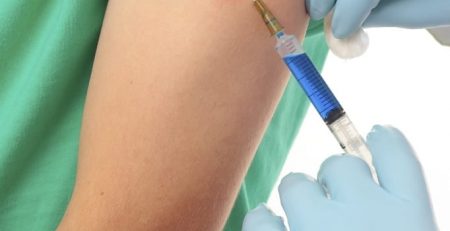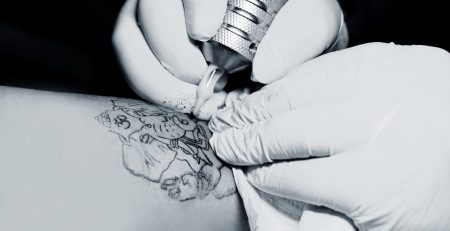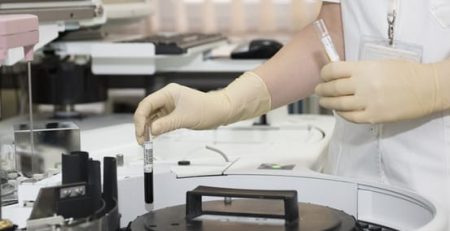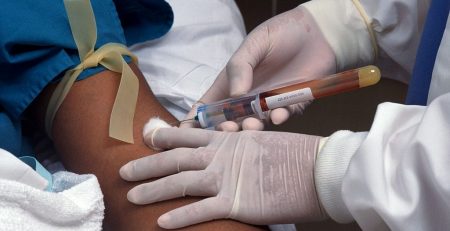Scientists Uncover a Way to “Turn Off” Pain
A Duke University research team has identified a small area in the brains of mice that is capable of turning off pain, IFLScience.com reports. The newly dubbed CeAga is a large mass of neurons located in the amygdala of mice and could one day lead to the development of drug therapies and treatments meant to target pain.
“People do believe there is a central place to relieve pain, that’s why placebos work,” senior author Fan Wang, the Morris N. Broad Distinguished Professor of neurobiology in Duke University’s School of Medicine, said in a statement. “The question is where in the brain is the center that can turn off pain.”
This research built on previous work by Wang that determined which brain neurons are activated by general anesthetics; general anesthesia was shown to activate the subset of inhibitory neurons now known as CeAga. For this study the researchers used a technology called optogenetics, which uses light to target and control specific neurons in the brain that are genetically modified to be light sensitive, to activate a small population of cells in the brain. They discovered that at least 16 brain centers known to process the sensory or emotional aspects of pain were receiving inhibitory input from the CeAga.
“Pain is a complicated brain response,” Wang said. “It involves sensory discrimination, emotion, and autonomic (involuntary nervous system) responses. Treating pain by dampening all of these brain processes in many areas is very difficult to achieve. But activating a key node that naturally sends inhibitory signals to these pain-processing regions would be more robust.”
When experiencing pain, mice typically lick their paws and wipe their faces. Once the 16 identified brain centers were “turned off”, this behavior ceased.
“It’s so drastic,” Wang said. “They just instantaneously stop licking and rubbing.”
Moving forward, the researchers plan to sequence associated cells in an attempt to identify the specific gene response for the activation of these neurons.














